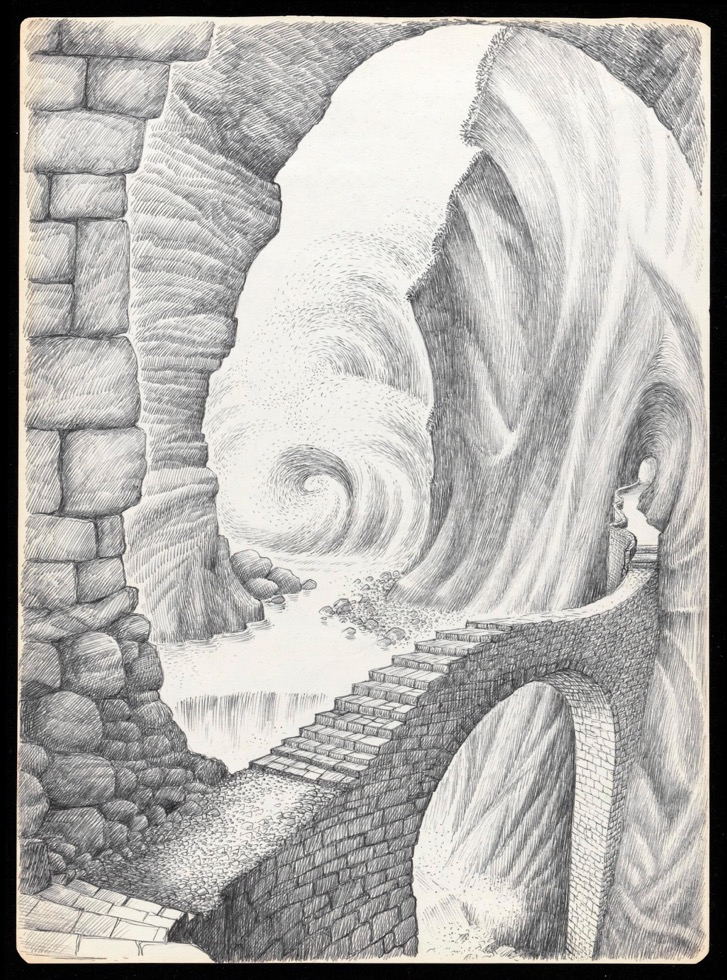
Depictions of dreams of a patients in Jungian analysis by M.A.C.T., 1970s. Source: Wellcome Collection



Depictions of dreams of a patients in Jungian analysis by M.A.C.T., 1970s. Source: Wellcome Collection

The Hand of the Philosophers is an alchemical symbol first appearing in Isaac Holland’s Die Hand der Philosophen, 15th century. Each feature of the hand corresponds to a quality, element and/or ingredient of the alchemical process. The thumb features a crown & quarter moon and represents the chemical saltpetre, which Holland calls “The King & Lord of all salts.”
The index finger features the star with six points, the meaning of which is only available to initiated alchemists, and the salt Roman Vitriol. The middle features the Sun, and represents Sal ammoniac. Above the ring finger is a lantern, representing alum. The little finger represents both the lock and key of the “hand” as well as common salt. In the palm, the fish represents Mercury, and the fire is just fire.
Images: Sammlung Alchymistischer Schriften, 18th century, Die Hand der Philosophen, 15th century
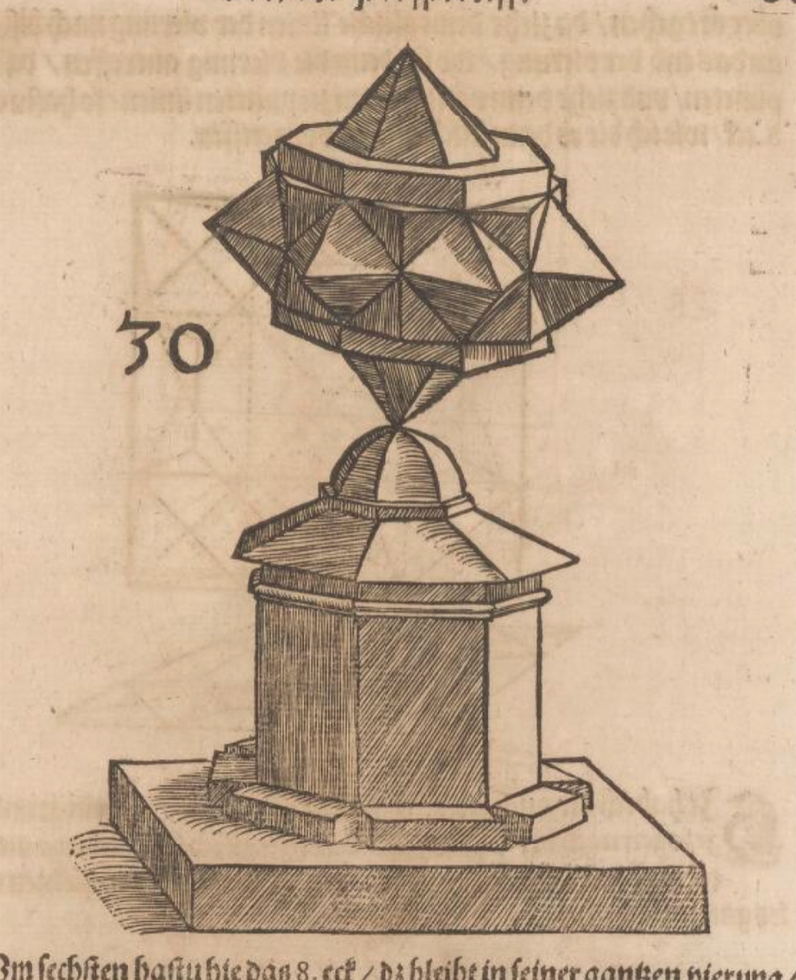
Woodcuts from Des Circkelsz und Richtscheyts, Heinrich Lautensack, 1618. This book was meant as a guide for painters, sculptors, stonemasons, goldsmiths, and others to better understand perspective and the human form. Source: Embassy of the Free Mind


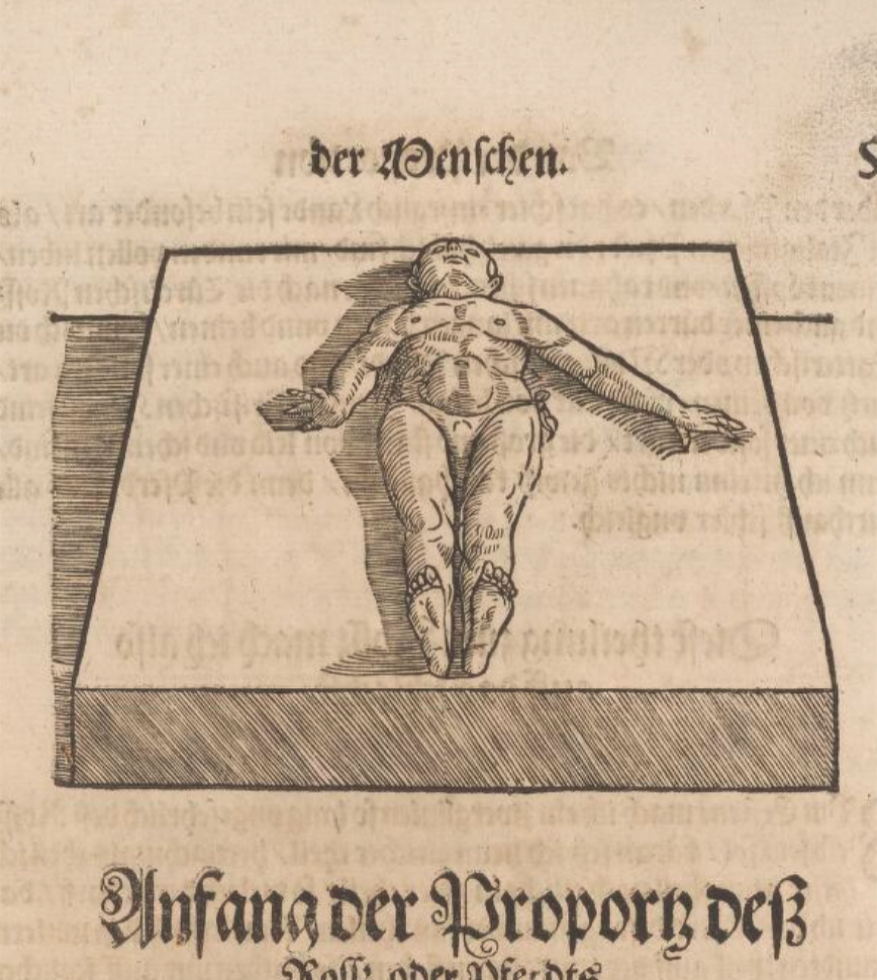
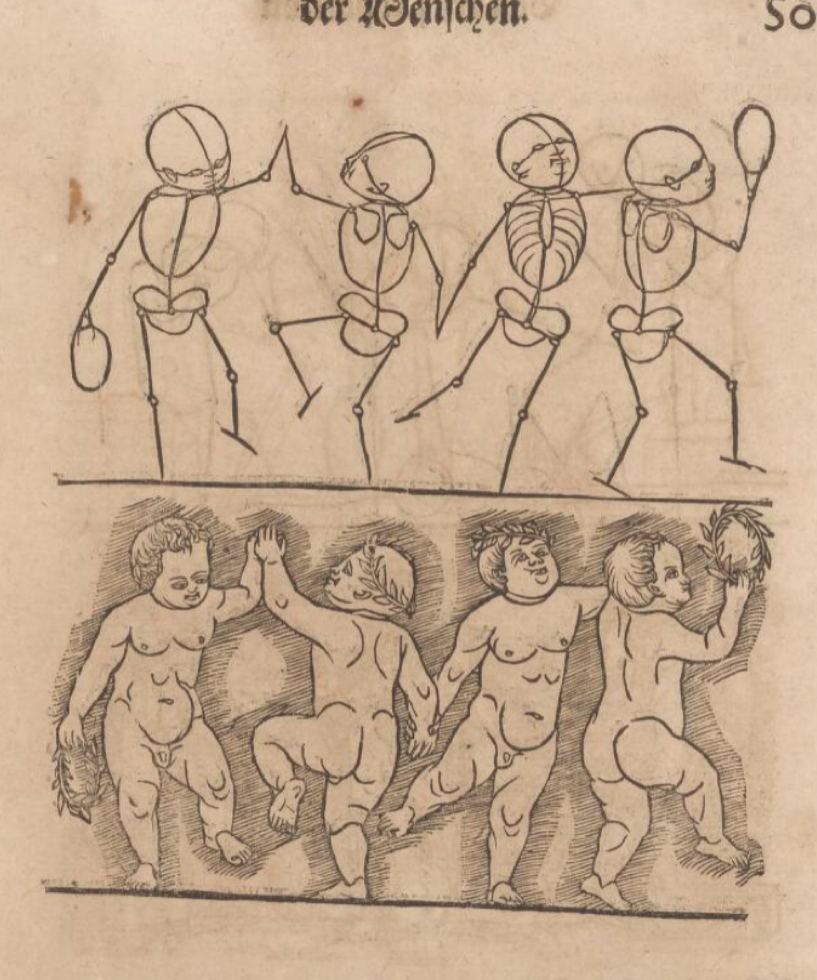



Heavenly bodies are essential in alchemy, particularly the sun, moon, Venus, Mars, Mercury, Jupiter and Saturn. Symbols of these planets are common in alchemical art along with their Greek god counterparts, and the success of operations were sometimes tied to zodiacal time. Beyond times of the month, day and hour, these heavenly bodies also corresponded to metals, parts of the body, cardinal sins, and cardinal virtues. Images: Clavis artis, Zoroaster, 17th century and De naturae…historia, Robert Fludd, 1680

The title plate from Michael Maier’s Arcana Arcanissima, 1614. Above are three figures from the Egyptian myth of the dismemberment of Osiris by his brother Typhon, and reassembling by his sister Isis. The Greek gods Hercules and Dionysus flank the sides and below are the Egyptian mythological creatures of Ibis, Apis, and Cynocephalus.

Drawings from Tui bei tu, a Chinese prophecy book. This book, written by astronomers and historians Yuan Tiangang and Li Chunfen during the Tang Dynasty, contained 60 drawing with preceding poems that made predictions for the era and was likely based on the I Ching, also known as The Book of Changes. At the front of the book, the following is written:
“When examining the future, please know that the past may have been clear as a bright moon, but the future may be dark and black. Be cautious.”
The book was later deemed forbidden in the Song Dynasty but remained popular with the public. Source: World Digital Library

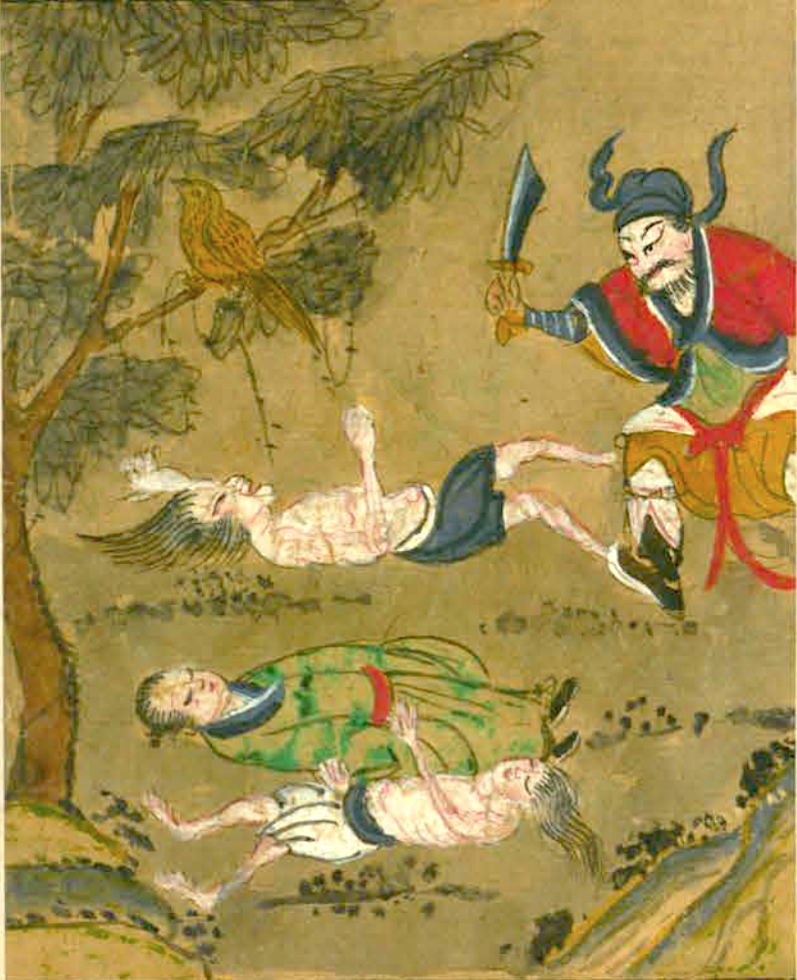

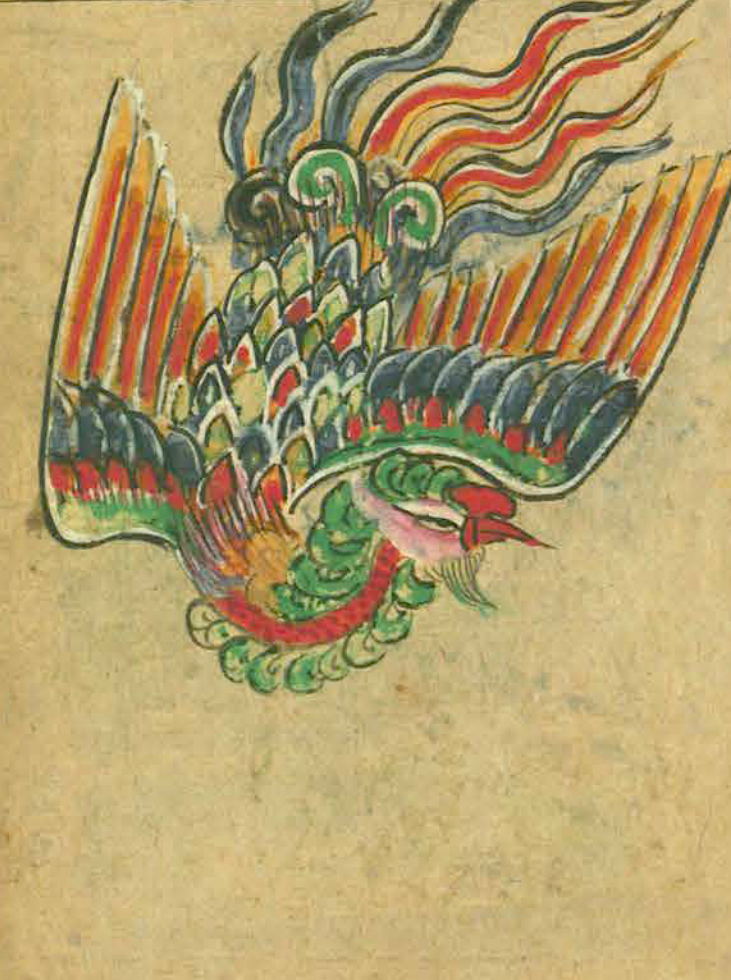
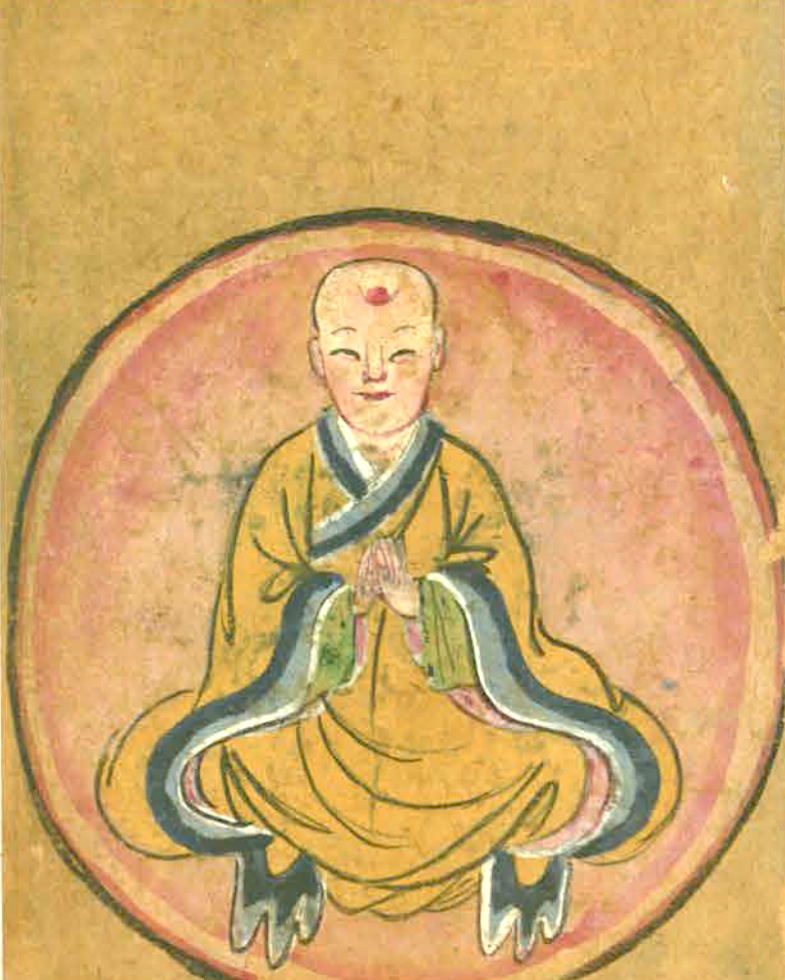
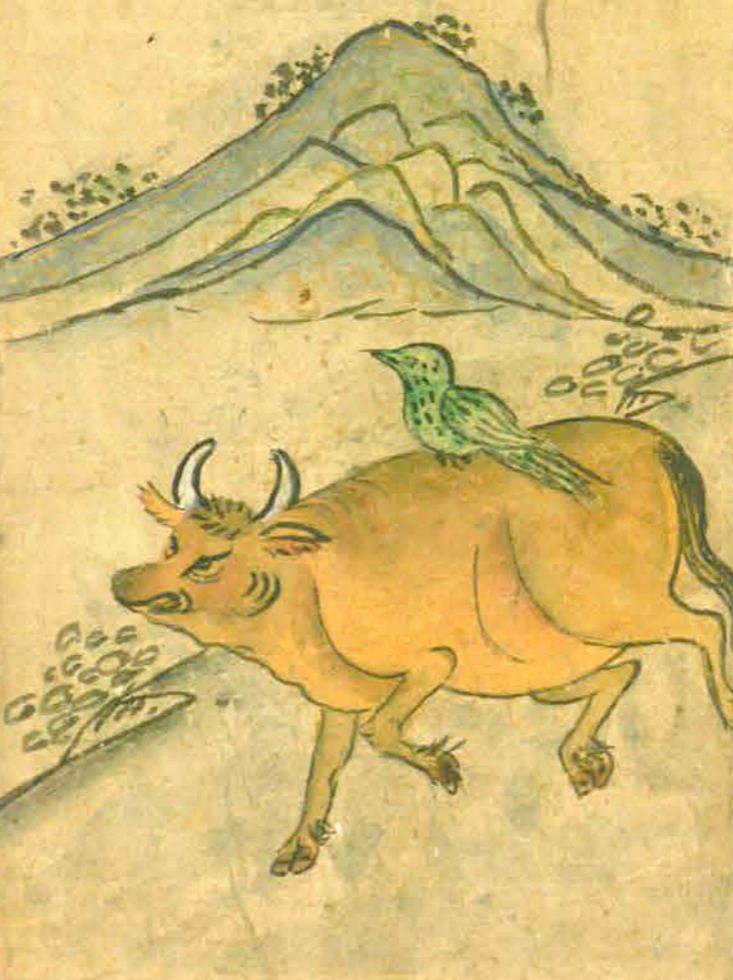
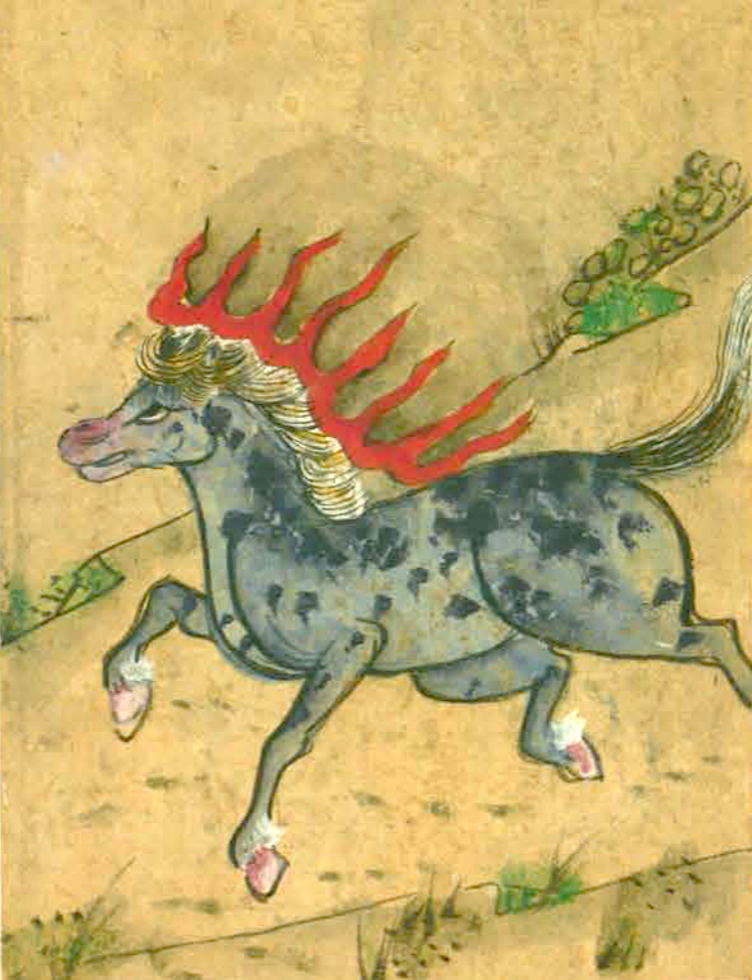
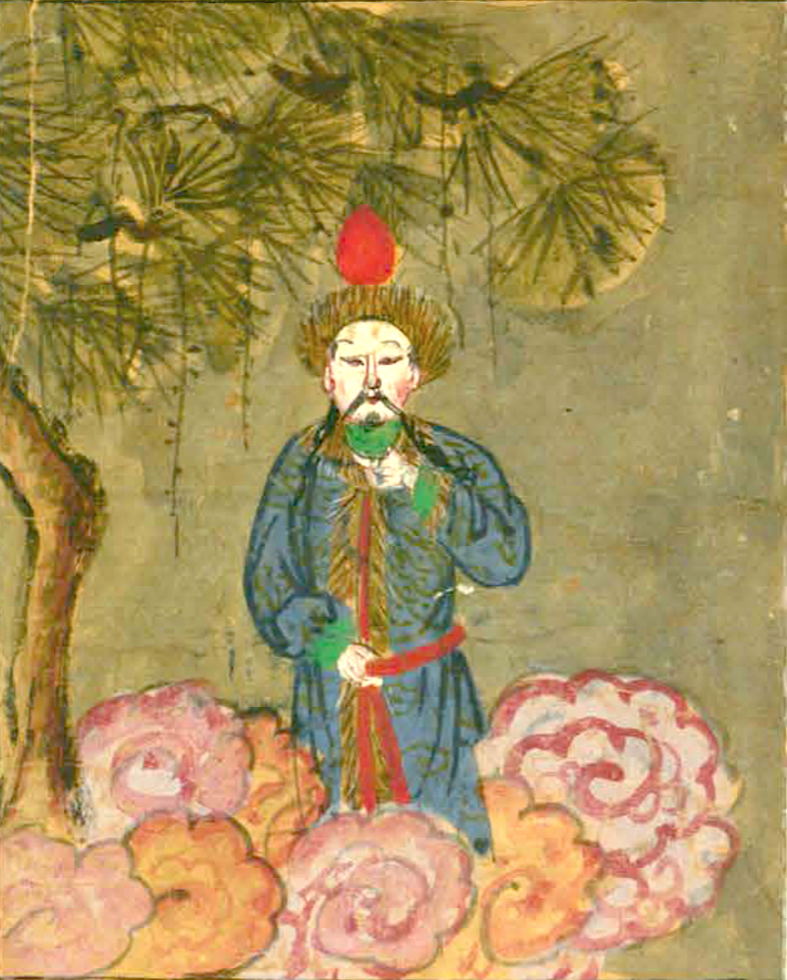
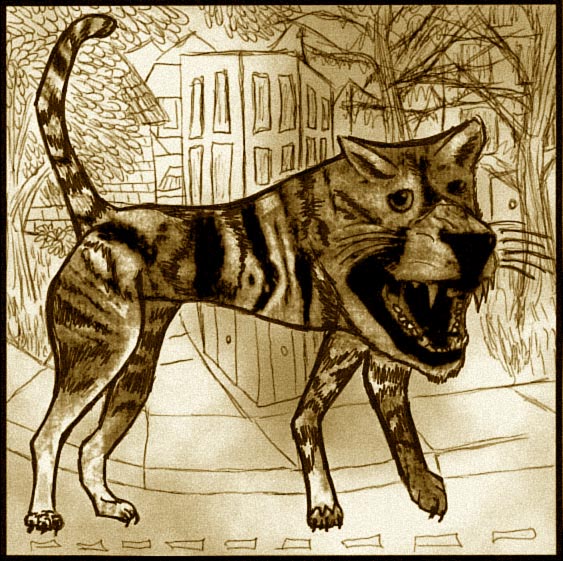
A Mngwa or Nunda is massive legendary cat of Tanzanian folklore that’s fiercer than a lion and more agile than a leopard. The Mngwa is said to be human during the day, and turns into a ferocious beast at nightfall with grey, striped fur. Image: mngamojemo

The Aspidochelone is creature, found in medieval bestiaries, that appears to be an island with trees, dunes, and rocky crevices—but is in reality a giant whale, sea turtle, or other sea monster. Sailors who unwittingly explored the ‘island’ found their ships and themselves in peril. Image: JaniceDuke
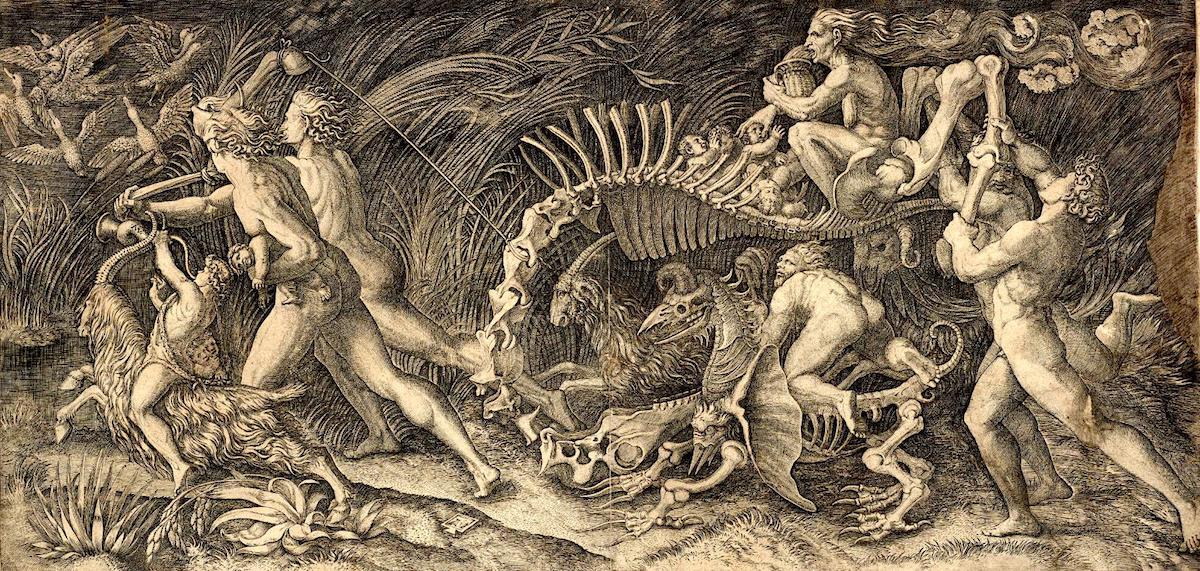
The witches’ procession, Early 16th Century, Artist Unknown. Source: The John Rylands Library

Images from a German alchemical manuscript, Alchemica, 15th Century. Source: The John Rylands Library
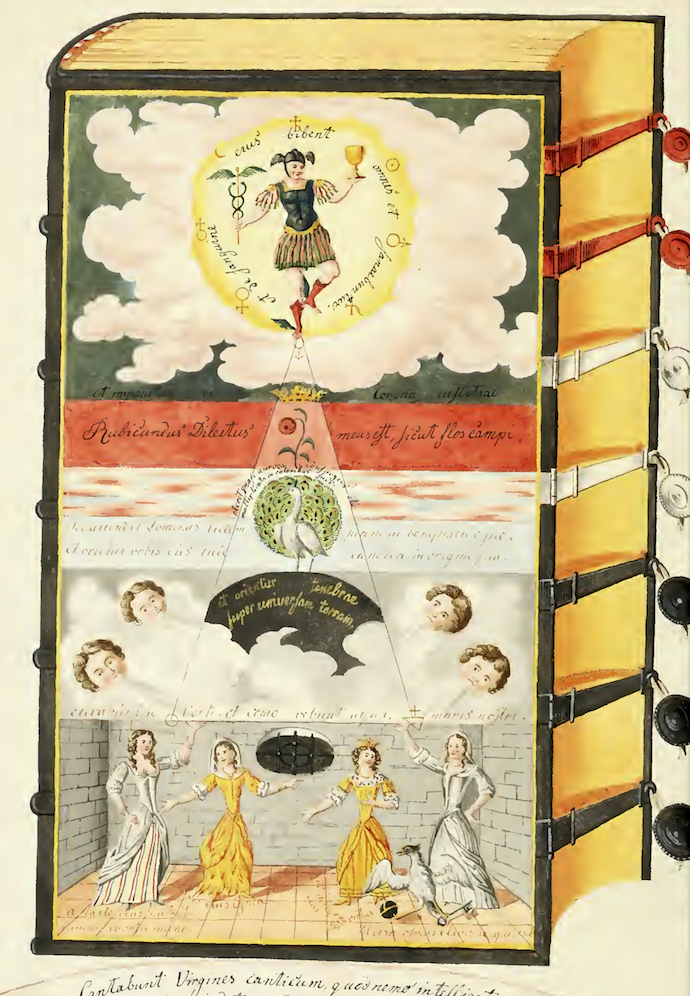
Title page of De Arte divina & sacra, sine Aenigmate tradita & del praxin conscripta by Anonymous, ca. 1700. At the top of the painting you can see the Greek God Hermes, representing the element Mercury, the peacock representing the end of the Nigredo stage, and the element of air, represented by the faces blowing. From Manly P. Hall’s collection of alchemical manuscripts Box 3, MS 14